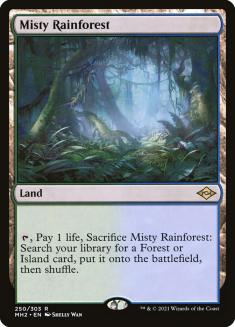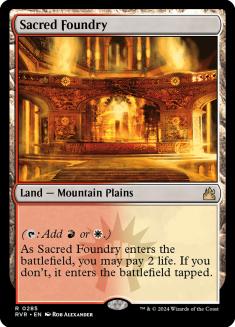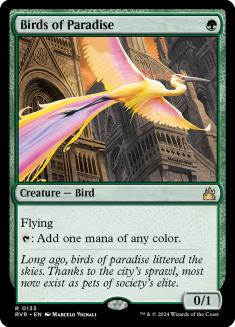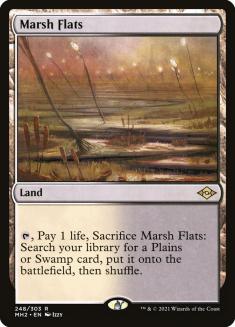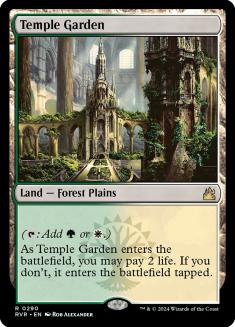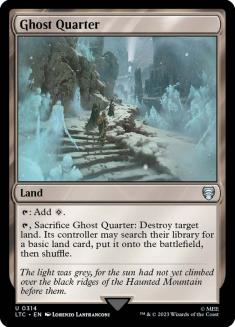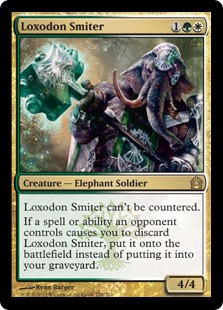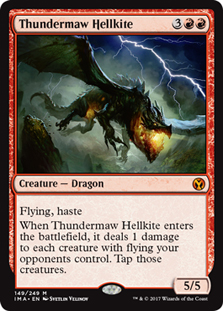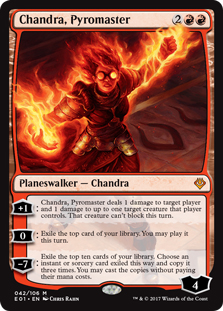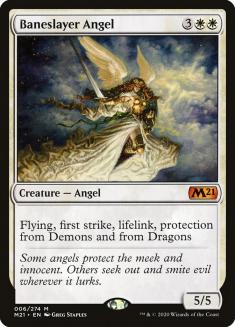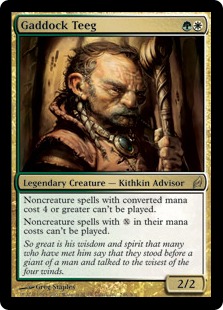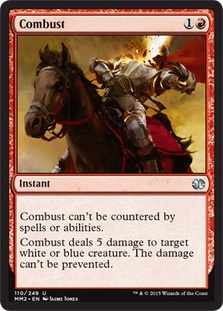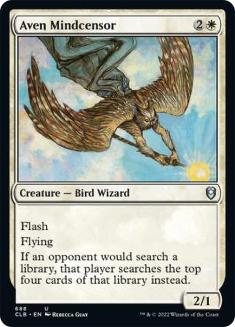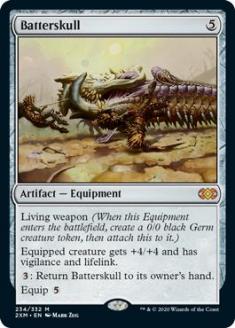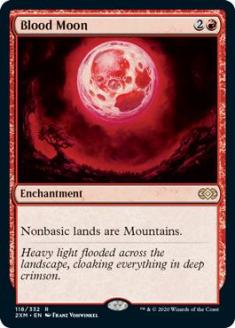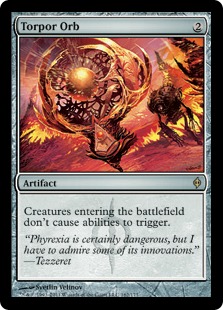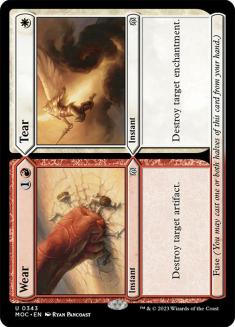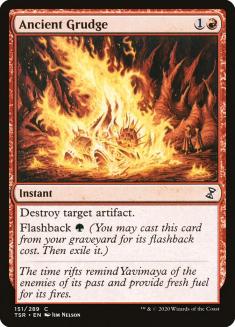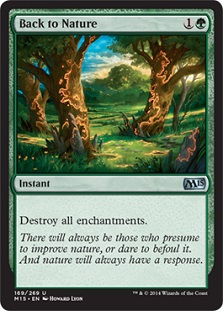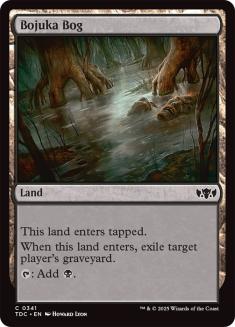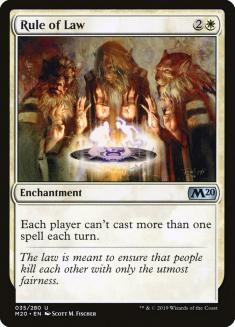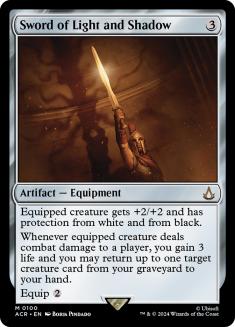Enjoying your first week with Journey into Nyx? I’ve been busy with a variety of projects personal and professional, so I wound up skipping the Prerelease to catch up on a few obligations—I’m very much looking forward to hopefully talking more about what I’m working on in coming weeks and also to a little Florida vacation I planned in the middle of May.
We’re well into Sealed Pro Tour Qualifier season, as I’ve already discussed, but Journey into Nyx is going to mix that game up a fair bit. With no Constructed events for me to prepare for, my thoughts have naturally turned to the upcoming Modern PTQ format. I don’t anticipate Journey shaking that format up much—the three-drop Gods show some promise, and Dictate of Kruphix slightly improves the Laboratory Maniac deck that pops up on Magic Online from time to time—but beyond that I haven’t seen much to get excited about. Disciple of Deceit and Prophetic Flamespeaker are cool, but Lightning Bolt probably means they’re both no-gos.
As expected, we saw no revisions to the banned and restricted list, although I am kind of curious as to why and how long Wizards is going to let Birthing Pod stick around. Even discounting the Green Sun’s Zenith comparison, Pod’s history of success in Modern is beginning to dwarf the once mighty Jund’s, which is saying something—Jund is a deck that took two bans and is still here! Does Wizards just think Pod is a "cooler" deck? That’s actually the most convincing argument to me, which is funny.
Sure, Pod consistently places in the elimination rounds of major Modern tournaments, but I think the greater concern may actually be pure design constraints. After all, Pod will be able to fetch any creature Wizards prints for the foreseeable future—is it plausible that they’ll never print a creature that accidentally breaks Pod for reals? Is avoiding printing such a creature even worth doing at the justification of allowing Pod to flourish? That seems impossible, as any infinite timeline will see a mistake made and a ban occur or Magic cards become really dull.
This is the sort of thing I ponder on the way to work. Let’s get back to actual decklists, shall we?
We all know the story of Zoo at Pro Tours—it’s almost always been among the most prepared for decks in the field, ironically creating some space for variations on the Wild Nacatl theme to flourish. The most memorable instance is certainly that of Counter-Cat Zoo at Pro Tour Philadelphia, but it’s worth noting that Owen Turtenwald took his own spin to a very strong finish at Pro Tour Born of the Gods.
Creatures (25)
- 1 Birds of Paradise
- 4 Tarmogoyf
- 4 Wild Nacatl
- 4 Noble Hierarch
- 4 Knight of the Reliquary
- 4 Scavenging Ooze
- 2 Thundermaw Hellkite
- 2 Loxodon Smiter
Planeswalkers (1)
Lands (22)
Spells (12)

Owen’s list was capable a fast Nacatl-backed start, but it could also move into the midrange role with efficient removal and undercosted creatures capped off by a pair of haymaker Thundermaw Hellkite.
I like Owen’s sideboard a lot—he’s got the ability to cover against a lot of decks by using several singletons to provide him flexibility. Every matchup sees him bringing in plenty of cards, and he can really fine tune the maindeck exactly how he wants it to look for the most part. This is a huge benefit to playing with a variety of singletons—a benefit that is often overlooked while spectators joke from the audience about all those one-ofs.
In Legacy and Modern, these kinds of sideboards are often exactly what you want for "fair" decks because you need to be able to interact across a wide range of axes—you can’t just ignore decks that can’t stop you from storming them out for example. In fact, I consider access to a sideboard like this one of the most attractive aspects of Zoo in Modern because blue and black generally provide much worse sideboard cards than the other three colors!
I won’t wear myself out going over his decklist, especially when you can hear it from the man himself. I provide it here to give you guys some context about what "bigger Zoo" means outside of playing Noble Hierarch and five-drops in your Nacatl deck.
Recently, Magic Online grinder Boin posted a second-place finish, falling to U/W/R Control with his take on the Big Zoo archetype that has seen so many incarnations.
Creatures (25)
- 4 Tarmogoyf
- 2 Gaddock Teeg
- 4 Wild Nacatl
- 4 Noble Hierarch
- 4 Knight of the Reliquary
- 3 Baneslayer Angel
- 4 Scavenging Ooze
Lands (23)
Spells (12)

There are a lot of obvious similarities between these two decks, as the base core of them is nearly identical. Let’s examine the differences!
Out:
In:
Boin added a land and moved them around a little bit in order to allow for an additional Plains in the maindeck and a Ghost Quarter. The Ghost Quarter is interesting—while it’s obviously fetchable by Knight of the Reliquary, it’s not especially good right now because there’s so little Tron in the format. It’s possible that enough invested Magic Online players are sticking to Karn Liberated to merit this choice, but I imagine the two most impacted matchups are actually Affinity and Infect. Both of these decks rely heavily on Inkmoth Nexus and can deftly dodge Tectonic Edge when they want to, but Ghost Quarter always finds its man . . . even if it still replaces him with a worse man.
I’m not sure if the Mountain is actually worth its weight. As it’s obviously not useful against Blood Moon, its primary role in a deck like this one is to provide shock-free access to red mana early on against aggressive decks, but considering how few spells it casts, I don’t recommend the inclusion. I might even go with the singleton Birds of Paradise that Owen employed instead. It’s likely better than another land for flooding purposes, and a flying duder has some use as a chumper in the format going late.
Most importantly, keep in mind the shifts that Boin made to his shock lands and fetches—he has made a clear effort to make white easier to cast and with good reason.
Out:
In:
Baneslayer Angel is that reason! Shaheen Soorani showed us that the lady in white is the real deal in Modern with a 13-2 performance at Grand Prix Richmond, and he managed to convince me and Boin as well it would seem. If you’re interested in Shaheen’s development of U/W Control leading up to Richmond, check out his articles here, here, and here or just read the most recently posted one with all of his updates.
The primary perk to Baneslayer Angel over the format’s lifelinking darling Batterskull is her flight ability. Evasion makes a key difference in so many spots, not just when the opponent can sit behind a Tarmogoyf. Consider how easily a Pod deck can often stymie Batterskull thanks to Viscera Seer and persisting creatures—a Baneslayer Angel would not only get in damage against most Pod boards, but she’d also lock up the life gain, making it less likely you can be raced!
Baneslayer Angel is also a big game on defense. Batterskull is pathetic against a deck like Affinity, whose flying attackers can skirt past it while Etched Champion holes up the ground. Baneslayer Angel shuts down Affinity’s flying offense the turn that you play her—Thundermaw-esque in some ways!—and then soars past the Champ when she needs to come in for the kill. I think we may see a significant uptick in Baneslayers cast over the course of the Modern season, as it’s one of the best fair creatures in the format with an immunity to most removal spells and the ability to create a favorable race against an incredibly wide variety of board states. I’d say Path to Exile is the only thing really holding her back, but ironically Path is the best reason to cast white spells at all, so . . .
The pair of maindeck Gaddock Teeg is something of a surprise. Teeg is surprisingly weak against Modern combo right now, but the decks that he does affect are hit pretty hard. The largest victim here is Splinter Twin, which will find it quite difficult to secure a win against this particular Zoo variant. Teeg turns off Splinter Twin itself, which is convenient for a deck filled with Lightning Bolt, Path to Exile, and Lightning Helix that can usually keep Kiki-Jiki, Mirror Breaker in check.
It might seem silly to lean on the 2/2 against a deck known to have access to burn spells. But Zoo has Noble Hierarch and Wild Nacatl to also draw out burn, and the matchup is generally in Zoo’s favor when played correctly already. RUG Twin is a different animal altogether, but turning off Cryptic Command is not a small game against that deck.
Of course, Gaddock Teeg has applications elsewhere. It’s unreasonable to assume he’ll live against most control decks, but if he does, he becomes a fast nightmare. Against Birthing Pod he’s a bit more useful, making Murderous Redcap much harder to find by preventing the opponent from casting both Birthing Pod and Chord of Calling! I’ve seen a few G/W decks online packing Teeg in the maindeck, and it’s a trend I’m wary of but interested in continuing to watch. He’s always been more of an Ethersworn Canonist than a Qasali Pridemage if you catch my comparison, but things may be changing for him.
Let’s finish up with the sideboard.
Out:
In:
Sideboards are going to fluctuate significantly based on preferences and metagames, but Boin has made some moves here. He abandoned the Blood Moon plan, which makes a bit of sense in the wake of the Pro Tour—Blue Moon was one of the most discussed decks and really taught players to be more honest with their mana bases, in turn making Blood Moon itself less powerful.
Beyond that Boin has narrowed the scope of his sideboard to be more powerful against Affinity, Auras, Living End, Storm, Pod, and U/W/R—he’s trimmed down on Twin hate in order to enable him to play a few more cards for those decks, and the cards he’s chosen are quite strong. I’m a big fan of Back to Nature—every time I lose to Auras, I find myself wishing I’d never been so unfortunate as to touch a Magic card, so reducing that occurrence is in my best interests. Rule of Law is much harder for Storm and Living End to beat than Ethersworn Canonist, so I like boosting that number as well.
One of the cards I pegged for some good moves at the Pro Tour was Sword of Light and Shadow, but it has remained an under the radar player in the format. I’m not sure why—it’s great against slower fair decks and truly excellent against Birthing Pod because no persist creatures can jump in front of its blade. Perhaps its day in the sun will come during PTQ season?
We’re still out a fair bit from the first Modern PTQs, but I’d love to hear what everyone is looking forward to playing. I’m currently planning on Storm because I know the deck well and already own it, but I’d love to be swayed to something different.

